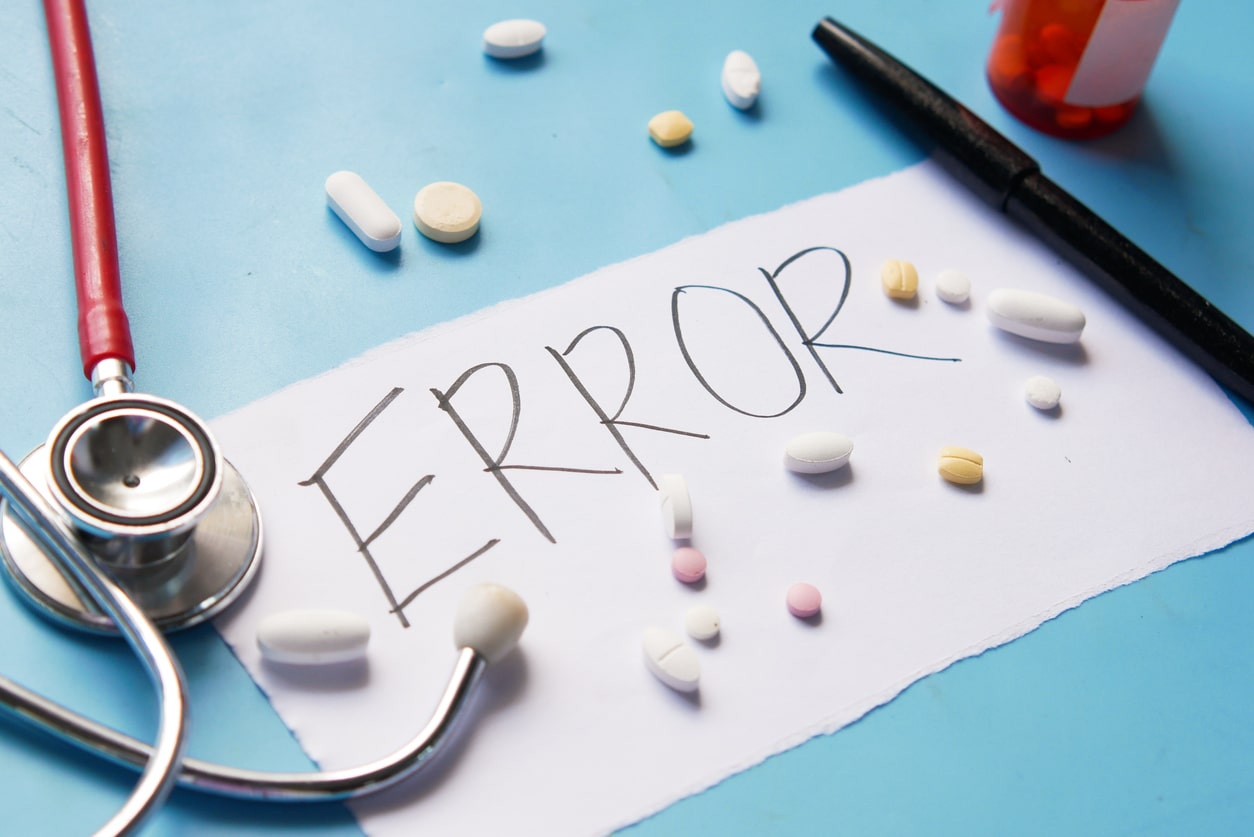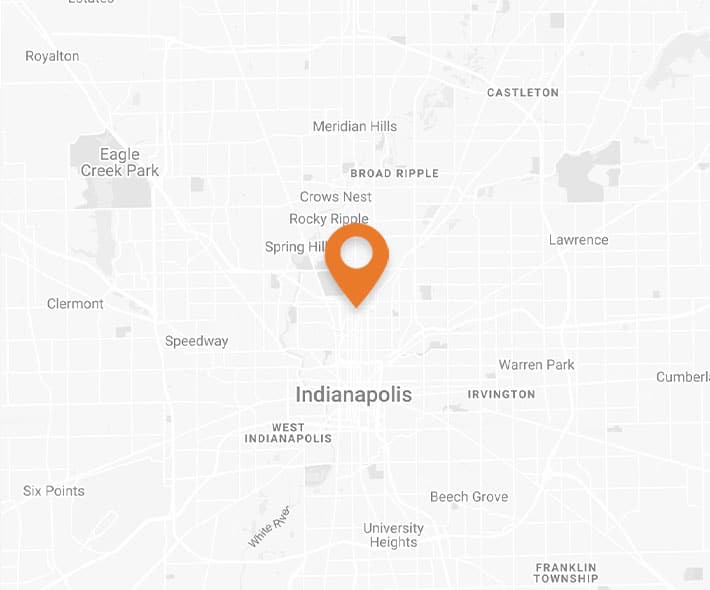Increased Transparency Could Reduce Medical Mistakes
Updated June 19, 2025 | By Wilson Kehoe Winingham staff
Even though an estimated 98,000 people die each year as a result of medical mistakes in United States hospitals, such stories rarely make headline news.
According to The New England Journal of Medicine, about 25 percent of all hospital patients in the United States will be harmed by a medical error. Each week, American surgeons reportedly operate on the wrong patient body part as many as 40 times and errors made by healthcare professionals kill enough patients to fill four jumbo jets. Medical errors cost tens of billions of dollars annually.

Call for Increased Hospital Transparency
Too often, the same preventable medical errors are made again and again, with deadly consequences. Accountability in American hospitals appears lacking, and it is difficult for patients to assess the overall safety record of each medical institution that may treat them.
Dr. Marty Makary, a surgeon at Johns Hopkins Hospital, believes hospitals in the United States should be more transparent with regard to safety. Doctors allegedly overlook the mistakes of their colleagues quite often. Instead of using reported mistakes as a learning opportunity, Dr. Makary said hospitals and doctors shun or punish whistle-blowers.

Four Methods to Increase Transparency
According to Dr. Makary, increased accountability for both doctors and hospitals is necessary in order to decrease often deadly medical errors. Here are four ways medical institutions can do so.
Online Dashboards
One technology hospitals could use to increase safety transparency is an online dashboard. Online informational dashboards that report infection and readmission rates, surgical complications, and other medical mistakes would make it possible for patients to become more informed consumers. Additionally, such technology may report patient satisfaction scores as well as the number and type of surgeries performed at an institution each year. According to Dr. Makary, public reporting can have a dramatic impact on a hospital’s response to patient safety issues.
Culture of Safety
Hospitals may also increase patient safety by analyzing the institution’s culture of safety. For example, a survey of 60 hospitals found that in facilities where the staff believes they work as a team with co-workers, mistakes and patient infection rates are reportedly lower. Good teamwork has a direct correlation with patient care and safety.
Video Cameras
Another technology that may be used to improve patient safety in hospitals across the country is video cameras. Not only are doctors reportedly more likely to comply with best practices on camera, but video of medical mistakes may also assist administrators in altering hospital policies to ensure such errors do not occur again. Additionally, video of routine surgeries may be utilized as training tools and evaluated by peers in order to improve the quality of care provided to patients. Video may also serve to supplement the often limited notes in a patient’s chart.
Medical Notes
Allowing patients to view their medical notes may also increase a doctor’s effectiveness. When physicians provide patients with access to their written files, misunderstandings and mistakes may be more easily corrected before they impact safety. Additionally, such transparency may help patients ask important follow-up questions about procedures or other treatments. Too often, patients are reportedly asked to refrain from discussing medical mistakes.
Contact a Medical Malpractice Attorney Today
If you or a loved one have been injured as a result of medical malpractice, you are urged to contact the attorneys of Wilson Kehoe Winingham. An experienced Indianapolis medical malpractice lawyer at WKW can help you get the compensation you deserve. Call 317.920.6400 or fill out an online contact form for a free, no-obligation case evaluation.
Contact Us
Let WKW put our experience to work for you. Contact us for your free case evaluation.
Or, call us today at (317) 920-6400


